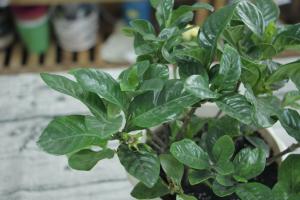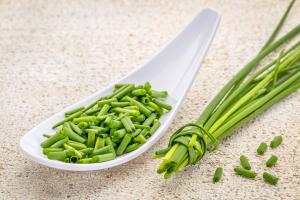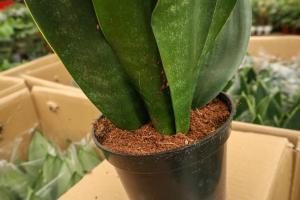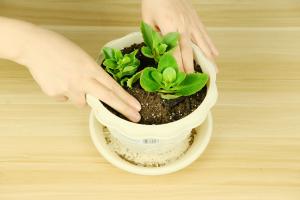Introduction
Growing vegetables is a great way to provide fresh, organic produce for your family. While most people traditionally plant seeds outdoors, starting seeds indoors can help you get a jump start on the growing season. In this article, we'll explore when to plant vegetable seeds indoors.
Climate Considerations
The timing of when to plant vegetable seeds indoors depends on your climate. If you live in a cold climate with a short growing season, starting seeds indoors can be a great way to extend your growing season. For example, in northern regions of the United States, it's common to start seeds indoors in late winter or early spring. On the other hand, if you live in a region with a long growing season, you may not need to start seeds indoors at all.
Planting Schedule
Once you've determined the timing based on your climate, you'll need to create a planting schedule. This will help you keep track of when to start each type of vegetable seed. A general rule of thumb is to start seeds indoors about 6-8 weeks before you plan to transplant them outdoors. For example, if you want to plant tomatoes outside around May 15th, you'd want to start the seeds indoors around March 15th.
Choosing Seeds
When selecting seeds to start indoors, it's important to choose varieties that are well-suited for indoor growing conditions. Look for varieties that are compact and don't require a lot of space to grow. You'll also want to choose seeds that have a short germination period. This will help ensure that your seeds have enough time to grow into healthy seedlings before it's time to transplant them outdoors.
Indoor Growing Conditions
In order for your seeds to grow successfully indoors, you'll need to provide them with the right growing conditions. This includes providing them with adequate light, warmth, and moisture. Most vegetable seeds require lots of sunlight to grow, so you may need to supplement natural light with grow lights. You'll also need to keep the temperature relatively warm, ideally around 70 degrees Fahrenheit. Finally, you'll need to keep the soil moist but not soggy, as too much water can lead to mold and other fungal problems.
Transplanting Outdoors
Once your seeds have sprouted and grown into healthy seedlings, it's time to transplant them outdoors. This typically occurs once the threat of frost has passed and the weather is consistently warm. Before transplanting, you'll want to harden off your seedlings by gradually exposing them to outdoor conditions over the course of a week or two. This will help prevent transplant shock and ensure that your seedlings are ready to thrive in their new outdoor environment.
Conclusion
Starting vegetable seeds indoors can be a great way to get a head start on the growing season and ensure that you have plenty of fresh produce for your family. By considering your climate, creating a planting schedule, selecting the right seeds, and providing your seedlings with the right growing conditions, you can successfully grow healthy, robust vegetable plants indoors.

 how many times do yo...
how many times do yo... how many planted tre...
how many planted tre... how many pine trees ...
how many pine trees ... how many pecan trees...
how many pecan trees... how many plants comp...
how many plants comp... how many plants can ...
how many plants can ... how many plants and ...
how many plants and ... how many pepper plan...
how many pepper plan...
































